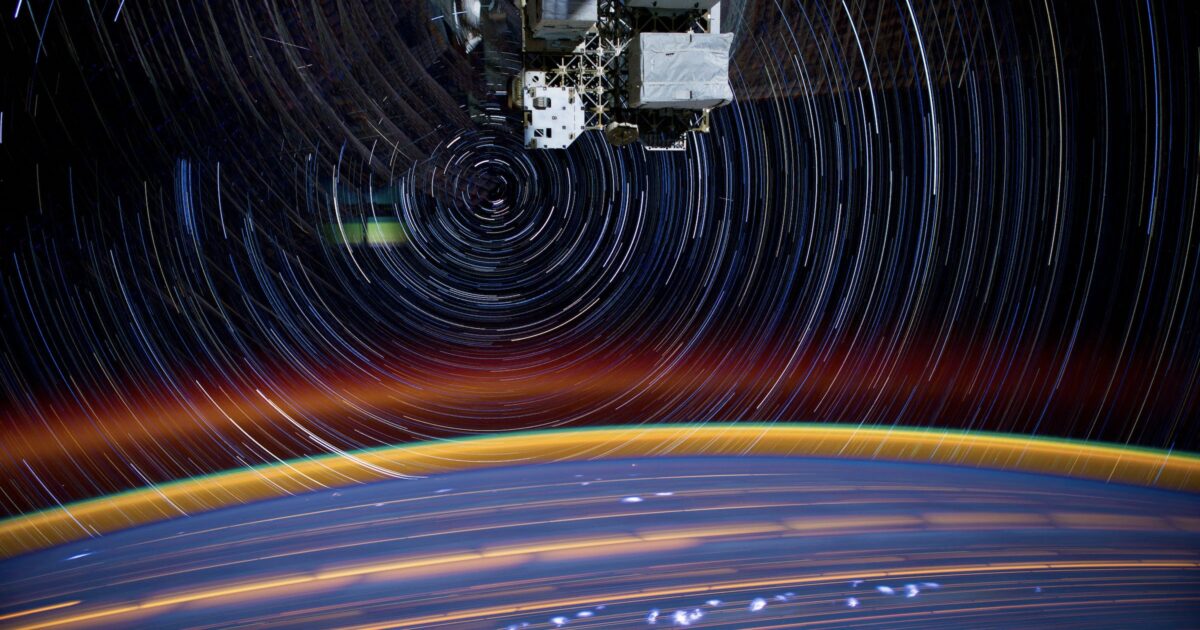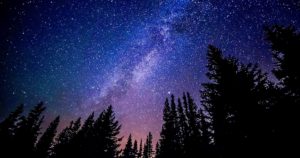
Guillermo Gonzalez


Scientists Behaving Badly: Suppressing Intelligent Design Was Only the Start

The Big Bang Survives Two Tests

Local Fine-Tuning and Habitable Zones

New Study: The Milky Way Is Exceptional

Do We Live on a Privileged Planet?

Eclipse Miracle — An ID Book for Children

Reader’s Question: Planets in the Early Universe

Recommended Reading: A Handbook of the Big Bang






































